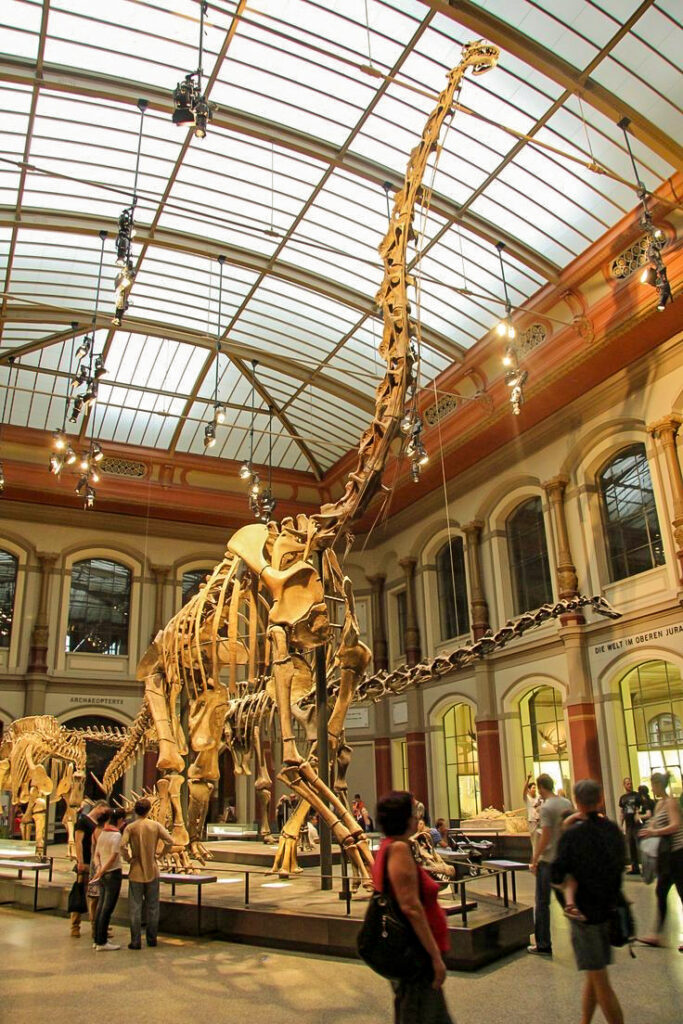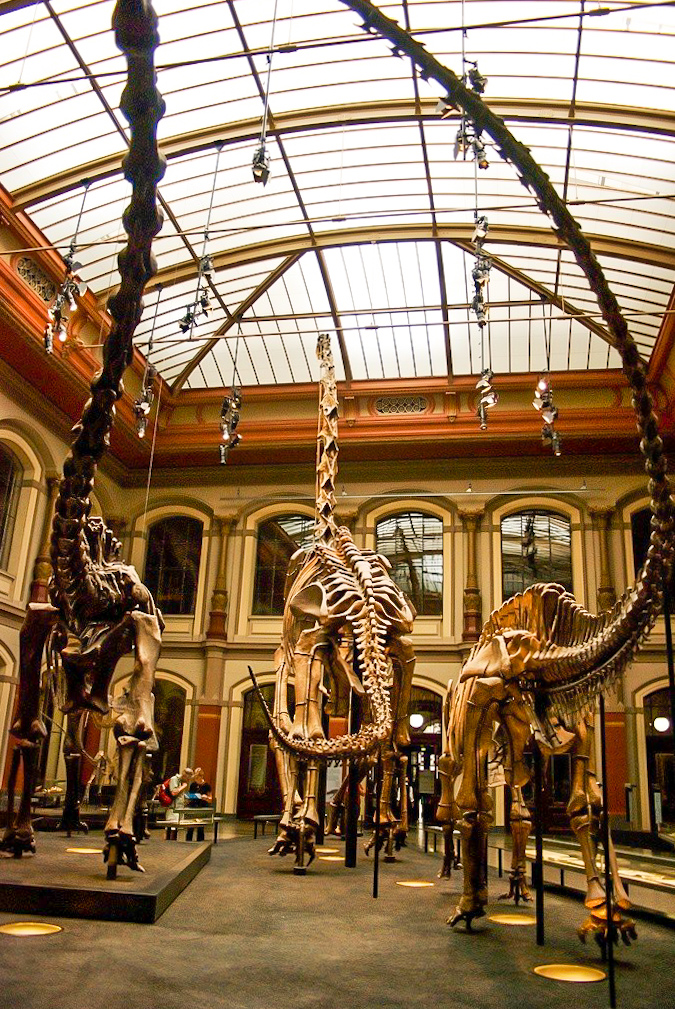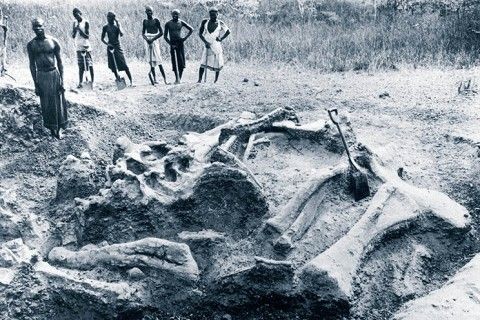It is always exhilarating for us to get news of new discoveries in Tanzania.
Earlier this month, researchers and archeologists from the National Museum in the University of Dar es Salaam and researchers from Germany, unearthed new fossils of large dinosaur lizards that are approximated to have lived about 150 million years ago in the oldest sedimentary unit of the Mandawa Basin, The Tendaguru Formation, in the southeastern coastal region of Lindi. Considered as the richest Late Jurassic strata, the Tendaguru formation / beds hosts the highest fossiliferous formation and Lagerstätte in Africa.
Studies in the Tendaguru foundation has revealed lots of fossils over a short time span including full leg bones, back bones, ribs and other remains. The remains are still in the Tendaguru area in Lindi Region where they have been identified waiting for the State Authorities to decide where they will be informed.
Once again, Tanzania archives another archeological resource adding on to her wealth of other archeological findings from the previous years from all over the country.


But this wealth has not always been to the benefit of the country. In 1905 dinosaur remains were excavated from the Tendaguru beds and shipped to the Humboldt museum in Berlin, Germany, where the remains were assembled and have been on display to date. Of late, Tanzania has made advancements in claiming part of the tourism revenue generated from the remains of these precious fossils from the german government that were unwillingly taken away to be displayed in diaspora.
Picture: Photo of the skeleton of a Brachiosaurus extracted from the Tendaguru formation displayed in a Museum.



